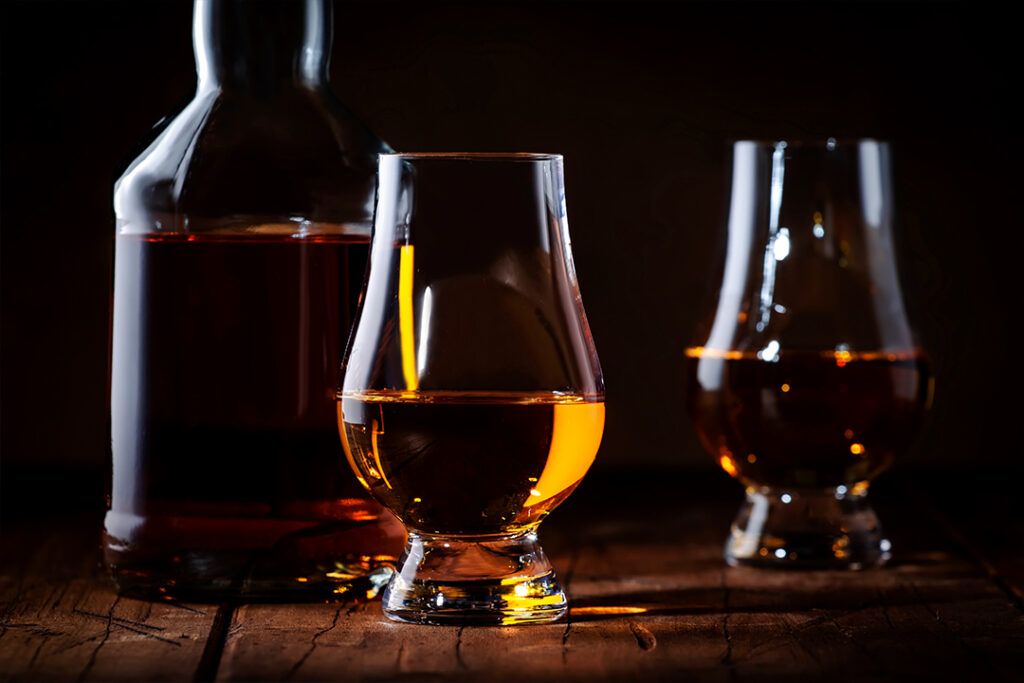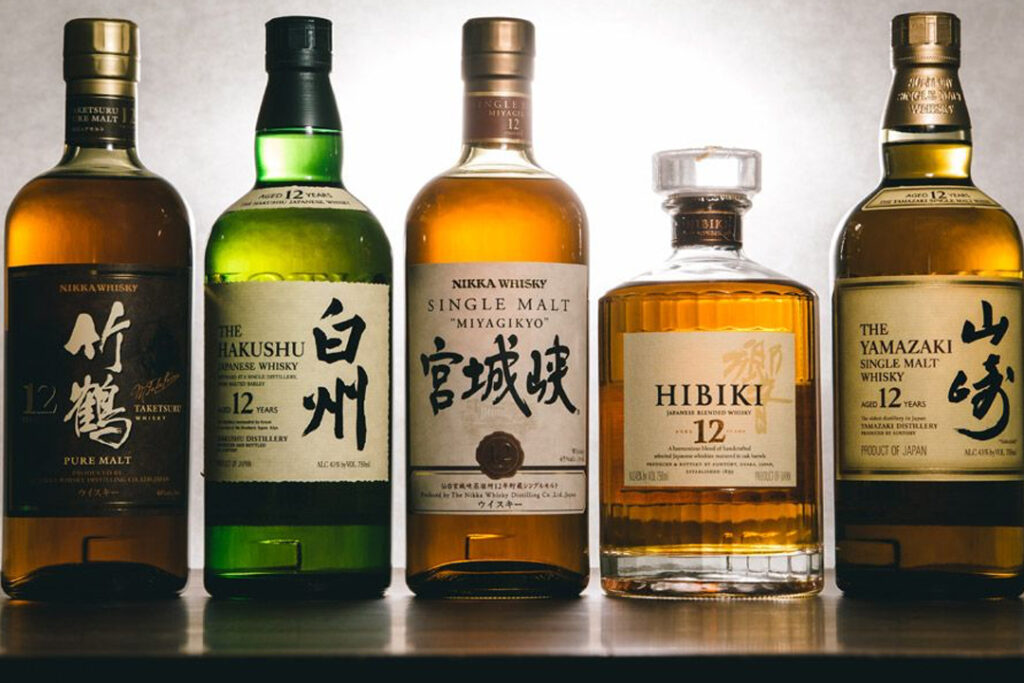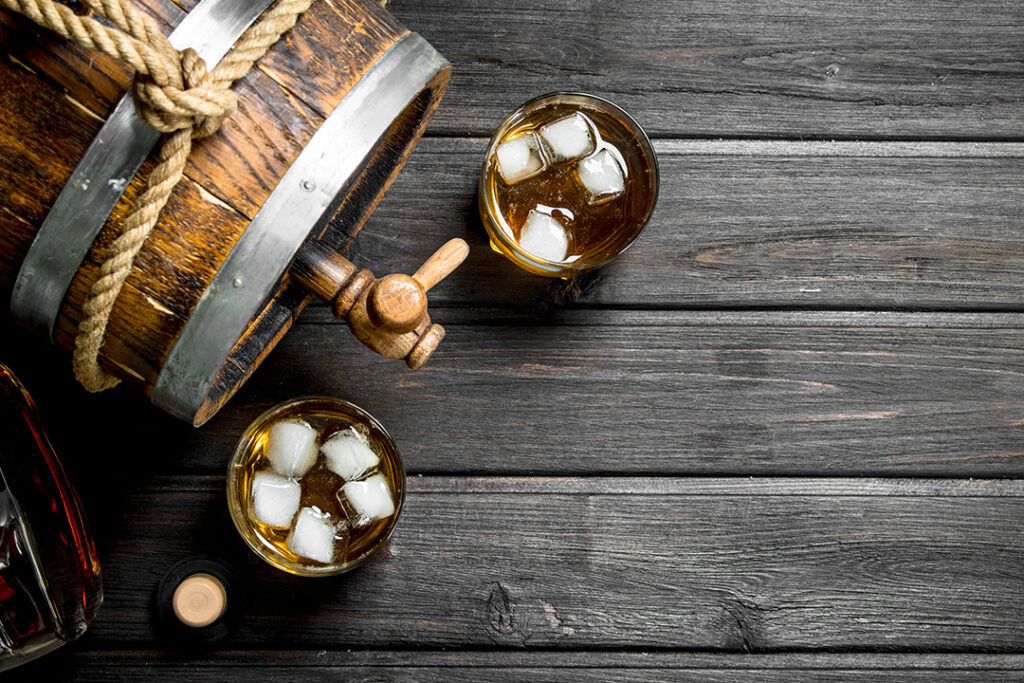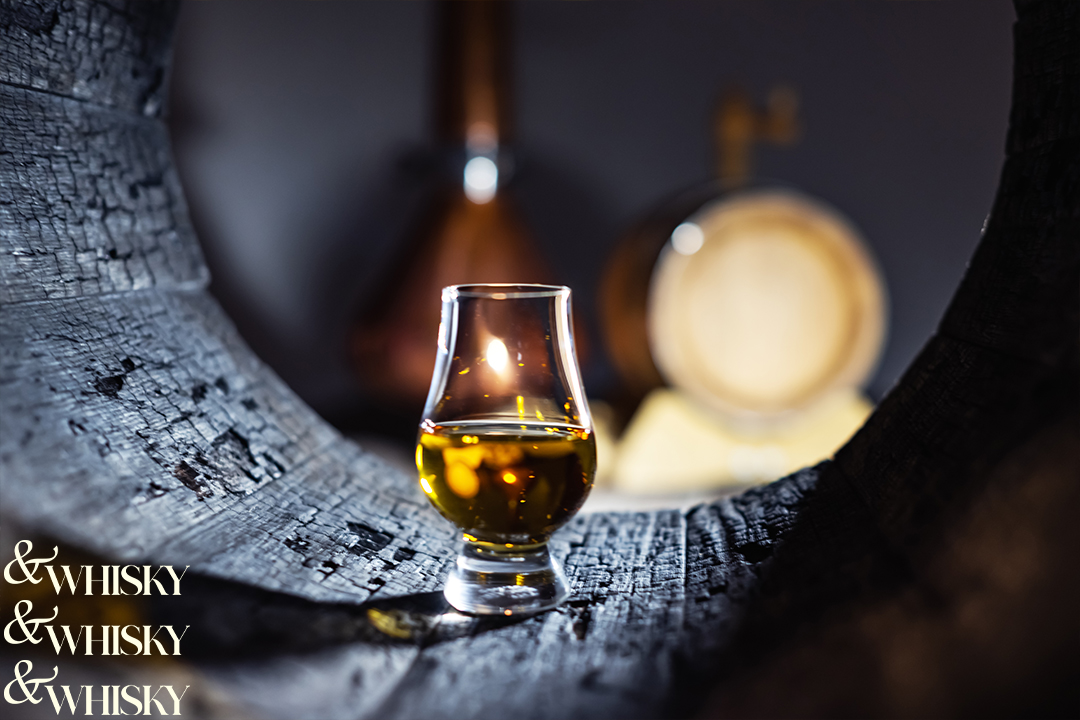Whiskey, a timeless elixir cherished by connoisseurs around the globe, embodies a rich history, complex craftsmanship, and an unparalleled range of flavors. As enthusiasts and newcomers alike raise their glasses, the world of whiskey tasting beckons with its diverse offerings and intricate nuances. Understanding the distinct types of whiskey and their intricate flavor profiles is akin to embarking on a thrilling journey of the senses—one that unveils the secrets held within every drop.
This article serves as a gateway to this captivating expedition, aiming to demystify the realm of whiskey. Whether you’re intrigued by the peaty allure of a Scottish single malt, enticed by the smooth elegance of Irish whiskey, drawn to the boldness of American bourbon, or curious about the finesse of Japanese whisky, each variant has a tale to tell within its unique flavor spectrum.
As we delve into the heart of each whiskey variety, we’ll uncover the fingerprints of their origins, ingredients, and production methods that contribute to their distinct taste profiles. Beyond the glass, we’ll explore the factors that shape these profiles, from the grains used to the alchemy of aging in oak barrels. Whether you’re a seasoned aficionado seeking to expand your palate or a novice eager to understand the basics, this guide promises to illuminate the path to becoming a knowledgeable and appreciative whiskey taster. So, with glass in hand, let’s journey into the world of whiskey—a world where every sip tells a story and every note delights the senses.
Understanding Whiskey: A Primer
Whiskey, a revered spirit with a storied history, comes in various types, each bearing distinct flavor profiles. The foundation of whiskey lies in its basic ingredients: grains, water, and yeast. The unique combination of these elements, along with the specific production methods employed, contributes to the wide array of whiskey styles.
The aging process, during which whiskey matures in wooden casks, also plays a pivotal role in shaping its flavor. As whiskey interacts with the wood, it absorbs flavors from the cask, infusing hints of vanilla, caramel, and even subtle smokiness. The type of wood used, such as oak or sherry casks, imparts further complexity.
Whiskey enthusiasts encounter a captivating range of styles, including Scotch, Irish, Bourbon, Rye, and more. Each style boasts its own heritage, production regulations, and flavor signatures. By understanding the core elements of whiskey production—ingredients, methods, and aging—enthusiasts gain a deeper appreciation for the nuanced tapestry of flavors that emerge from these diverse types. This primer lays the groundwork for an exploration into the intricacies of whiskey, setting the stage for a journey through its various expressions and the delightful flavors they hold.
Types of Whiskey and Their Flavor Profiles
When it comes to the world of whiskey, diversity is the name of the game. Each type of whiskey is a unique expression of its origin, production methods, and aging process. Let’s dive into the fascinating realm of various whiskey types and explore their distinct flavor profiles.

Scotch Whisky
Single Malt Scotch:
Single malt Scotch whisky is renowned for its complexity and regional diversity. Distilled from malted barley and produced in various regions across Scotland, each with its characteristics, these whiskies offer a range of flavor profiles that cater to different preferences.
- Islay: Islay whiskies are often known for their bold and distinctive peaty and smoky flavors. The maritime influence on the island imparts a briny and medicinal quality to the whiskies. Laphroaig and Ardbeg are famous representatives of this style.
- Speyside: Situated in the northeast, Speyside produces whiskies that tend to be more delicate, with fruity, floral, and honeyed notes. Glenfiddich and Macallan are prime examples of the Speyside style.
- Highlands: The Highland region offers a broad spectrum of flavors, from the heather and honey notes of Dalmore to the rich, dried fruit characteristics of GlenDronach.
- Lowlands: Lowland whiskies are often light and floral, with a smooth and approachable profile. Auchentoshan, triple-distilled, exemplifies this style.
- Campbeltown: Once a thriving whisky-producing region, Campbeltown produces whiskies with a maritime influence, often featuring a balance of fruity and briny notes.
Blended Scotch:
Blended Scotch whiskies are carefully crafted by blending single malt and grain whiskies. This process results in balanced and approachable flavor profiles that are often malt-driven but lighter than their single malt counterparts.

Irish Whiskey
Irish whiskey is known for its triple distillation process, contributing to its smoothness. These whiskies tend to have lighter and less peaty profiles compared to some of their Scottish counterparts.
- Flavor profiles: Irish whiskey typically offers light, floral, and slightly sweet notes. Brands like Jameson showcase a mellow and approachable character, making them great choices for newcomers to whiskey.
- Pot Still vs. Blended: Irish whiskey also comes in a pot still style, which utilizes both malted and unmalted barley. This imparts a unique spiciness and creaminess to the whiskey. Blended Irish whiskies combine different styles for a well-rounded flavor.
American Whiskey
Bourbon:
Bourbon, often associated with Kentucky, is America’s native spirit. Its flavor profile is heavily influenced by new charred oak barrels used in aging.
- Flavor profiles: Bourbon is characterized by its sweet and rich notes of caramel, vanilla, and oak. The corn-heavy mash bill contributes to its sweetness, while the aging process introduces complexity and depth.
Rye:
Rye whiskey, made primarily from rye grains, offers a spicier and more robust flavor compared to bourbon.
- Flavor profiles: Rye whiskies feature peppery and fruity notes, often accompanied by hints of herbs and spices. The spiciness comes from the rye grain itself and can range from mild to intense.
Canadian Whisky
Canadian whisky, often referred to as “rye” in Canada, is known for its milder and smoother character.
- Flavor profiles: Canadian whisky is light and smooth, often with notes of grain, caramel, and a touch of fruitiness. It’s versatile and easy to sip on its own or in cocktails.

Japanese Whisky
Japanese whisky has gained international acclaim for its craftsmanship and attention to detail, often drawing inspiration from Scotch production methods.
- Flavor profiles: Japanese whiskies offer a diverse range of flavors. They can be delicate and floral, similar to some Speyside Scotches, or bold and smoky, akin to Islay whiskies. Brands like Yamazaki and Hibiki showcase the artistry of Japanese whisky-making.
In conclusion, the world of whiskey is a vast and flavorful one, with each type offering a unique sensory experience. From the peaty smokiness of Islay Scotches to the smooth sweetness of bourbons, there’s a whiskey to suit every palate. Exploring the diverse range of whiskey types and their flavor profiles opens up a world of discovery and enjoyment for enthusiasts and newcomers alike.

Factors Influencing Whiskey Flavors
Whiskey’s captivating range of flavors is a product of several intricate factors that shape its character.
Grains: The selection and proportion of grains—like malted barley, corn, rye, and wheat—play a vital role. Each grain contributes distinct flavors, from rye’s spiciness to corn’s sweetness, influencing the whiskey’s overall taste profile.
Water Source: The origin and mineral content of the water used in production affect whiskey flavors. Water interacts with grains, influencing mashing, fermentation, and dilution processes, ultimately impacting the spirit’s taste and mouthfeel.
Yeast Strains: Yeast is more than a fermentation agent; it’s a flavor contributor. Different yeast strains can produce varying flavor compounds during fermentation, imparting fruity, floral, or spicy notes.
Distillation Process: The choice between pot still and column still distillation impacts flavor. Pot stills retain more congeners, resulting in richer and more complex flavors, while column stills produce a cleaner and lighter spirit.
Aging and Casks: Whiskey matures in oak casks, absorbing flavors from the wood. The cask’s previous contents (e.g., bourbon, sherry) influence flavors, and aging duration smooths harshness and enhances complexity.
Understanding these factors empowers enthusiasts to appreciate the nuanced interplay of elements that contribute to the remarkable diversity of whiskey flavors.

Developing Your Whiskey Palate
Developing a discerning whiskey palate is a rewarding journey that unfolds as you explore the diverse spectrum of flavors in different types of whiskey. Whether you’re a novice or a seasoned enthusiast, refining your ability to perceive and appreciate whiskey’s nuances takes time and dedication.
Trying Different Types: Begin by broadening your horizons. Sample various whiskey types such as Scotch, Irish, Bourbon, Rye, Canadian, and Japanese. Each offers a unique flavor profile, allowing you to experience the breadth of possibilities.
Taking Notes: Keep a whiskey journal or digital notes. Record your tasting experiences, noting the appearance, aroma, taste, and finish of each whiskey. Over time, this will help you identify patterns and preferences.
Attending Tastings: Attend whiskey tastings and events whenever possible. Engaging with fellow enthusiasts and experts can expose you to new perspectives and insights, enhancing your understanding of flavors and production techniques.
Developing your whiskey palate is a gradual process. Practice patience and embrace the learning curve. As you compare notes, share experiences, and discuss flavors with others, you’ll find your ability to detect subtle aromas and taste distinctions growing. Remember, there are no wrong observations – your personal impressions are what make your whiskey journey truly unique. So, raise a glass and savor each sip as you embark on this exciting voyage of taste and discovery.
Conclusion
In the world of spirits, few beverages offer the same depth of character and history as whiskey. Our journey through the realms of Scotch, Irish, American, Canadian, and Japanese whiskies has unveiled a tapestry of flavors that captivate the senses and tell stories of their origins.
From the robust, peaty notes of Islay’s single malt Scotch to the delicate floral hints of Japanese whisky, each type has a unique story to share. Remember, whiskey is more than a drink; it’s a journey through time, culture, and craftsmanship.
As you embark on your own whiskey tasting adventure, let your palate be your guide. Explore the rich variations in grains, the influence of water sources, the magic of yeast strains, and the alchemy of aging in different casks. Take your time to savor each sip, unraveling layers of taste that have been carefully nurtured for years.
Whether you’re a newcomer or a seasoned connoisseur, the world of whiskey always has more to offer. So, gather your friends, raise your glasses, and celebrate the exquisite symphony of flavors that only whiskey can orchestrate. Cheers to a life well-tasted and to the endless exploration of the golden elixir that warms both body and soul. Sláinte!

